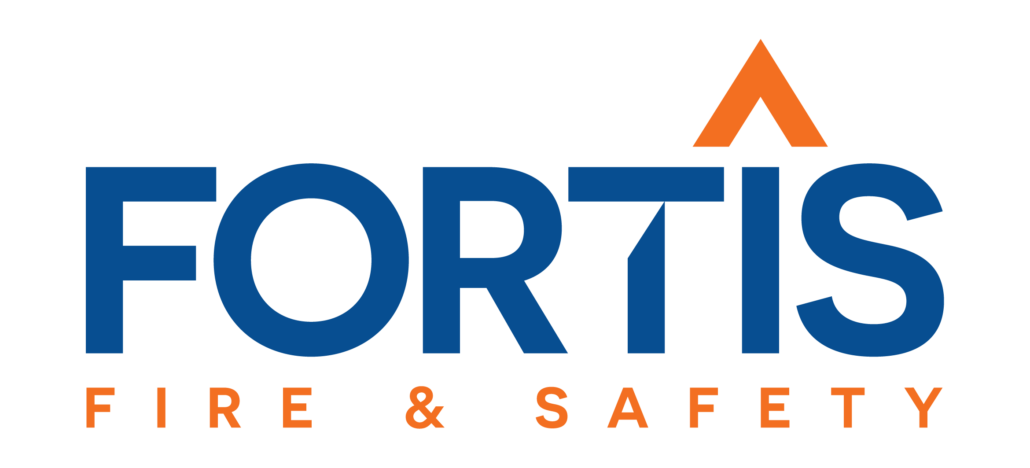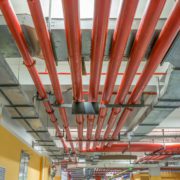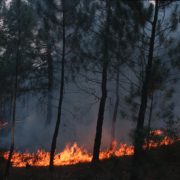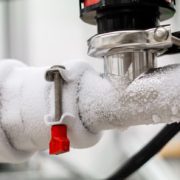How to Prepare Your Business for Cold Weather
Cold winter weather requires special attention to fire safety in your business. Follow these simple steps to ensure the safety of your employees and protect your assets:
Fire Evacuation:
Remember to adjust your fire evacuation plan based on seasonal changes. Winter conditions bring new hazards that must be considered.
Maintain clear pathways and doorways by removing snow and ice. Obstructed walkways can hinder a swift evacuation during emergencies.
Building Maintenance:
Proper maintenance is crucial throughout the year, especially during winter. Keep pathways free of snow and ice to ensure safe evacuation.
Educate employees about winter-specific changes in the fire evacuation plan. Provide warm coats in case of a fire, as they may spend an extended period outdoors.
Strictly enforce non-smoking policies in designated areas to prevent fire risks.
Portable Space Heaters:
Electrical fires are common during winter, with portable space heaters being a leading cause. Place heaters on flat surfaces such as floors or counters, and avoid using them on unstable objects.
Follow safety guidelines: plug only one appliance into an outlet at a time and avoid using extension cords.
Choose space heaters with automatic shut-off features to prevent accidents if they tip over.
Power Outages and Generators:
Generators used during power outages can pose fire risks. Operate generators only when someone is present to monitor their use.
Place generators in well-ventilated areas and install functioning carbon monoxide alarms.
Follow safe refueling guidelines: turn off generators, let them cool down before refueling, and use appropriate fuel containers.
Winter Storms:
Winter storms accompanied by lightning increase fire risks. Keep a safe distance from fallen power lines and report them to authorities.
Ensure effective communication of evacuation plans to all employees and designate safe assembly points.
Consider installing lightning protection systems to reduce the risk of fire from lightning strikes.
Fireplace Use:
Annual inspections of vents and chimneys are crucial to prevent fireplace-related fires.
Store cooled ashes in a sealed metal container placed at least 10 feet away from buildings.
Use a glass or metal screen in front of the fireplace to prevent sparks from igniting nearby objects.
Safety Inspections:
Regular safety inspections by reputable providers help identify potential fire hazards and ensure compliance with fire safety guidelines.
Stay proactive with scheduled maintenance to mitigate risks and maintain regulatory compliance.
Learn More About Fortis
At Fortis, we provide cutting-edge expertise in fire protection planning, design, and construction. We understand the challenges that modern facilities face and utilize our experience to find efficient and cost-effective solutions. From initial planning to acceptance testing and beyond, we offer a comprehensive suite of services.
We utilize the latest in computer-automated design to map out your system so we know the exact specifications before we even set foot on your job site. No need for drawings, we can map your facility and create blueprints from scratch.
We facilitate BIM coordination for new construction projects. We work with your BIM coordinator to load in our plans to avoid structural conflicts before they happen.
Additionally, all of our designers are NICET certified in their respective fields.
Learn more about our fire protection services, here.

